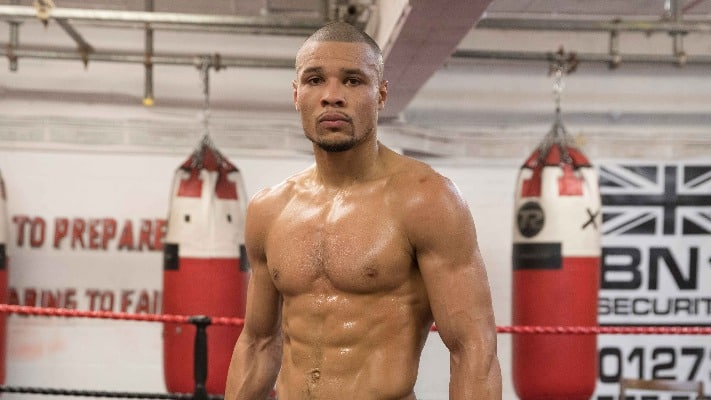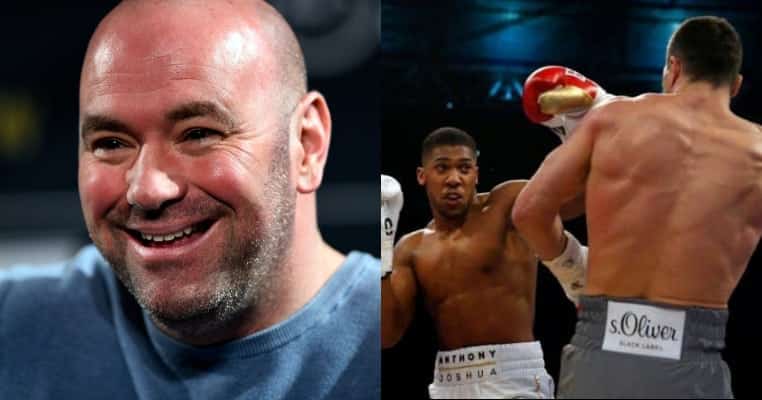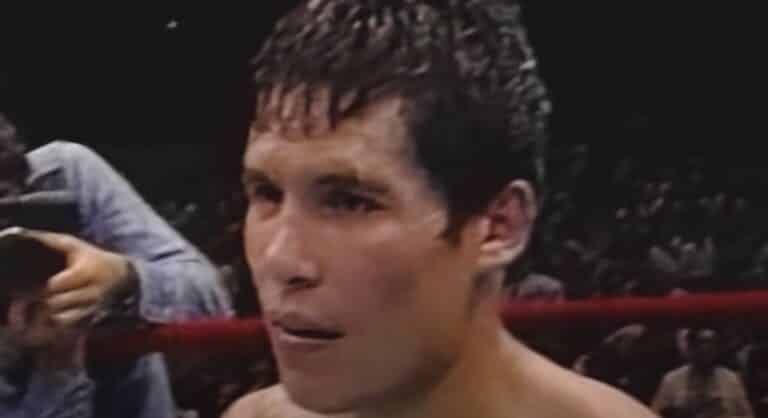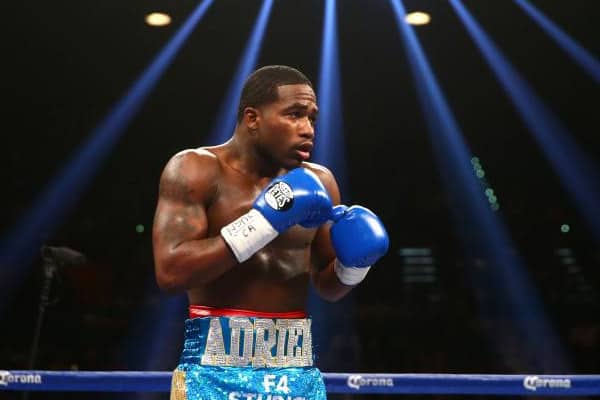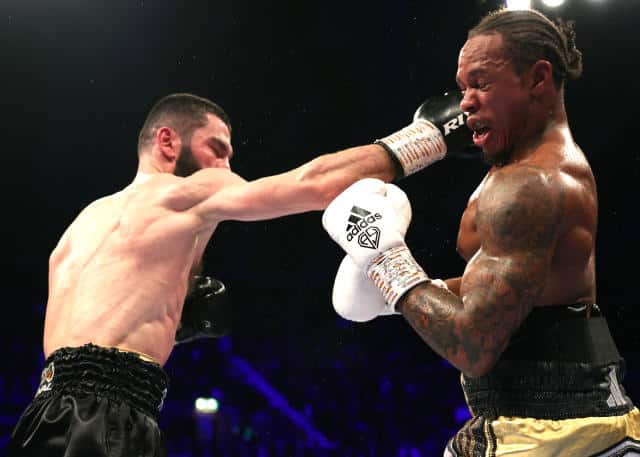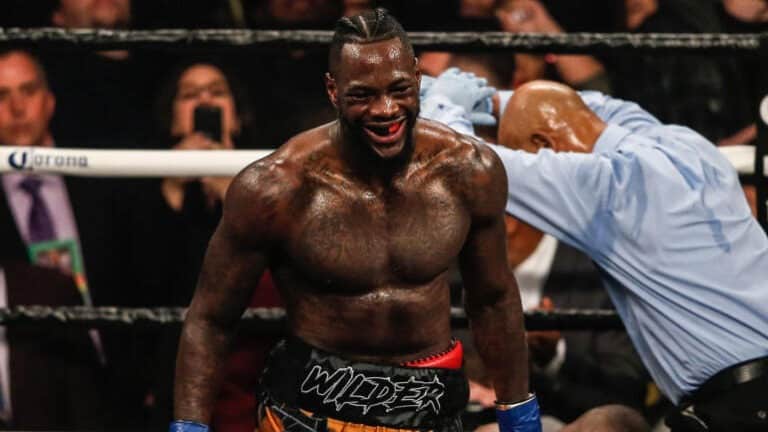The Sweet Science: North Carolina’s Greatest, Sugar Ray Leonard
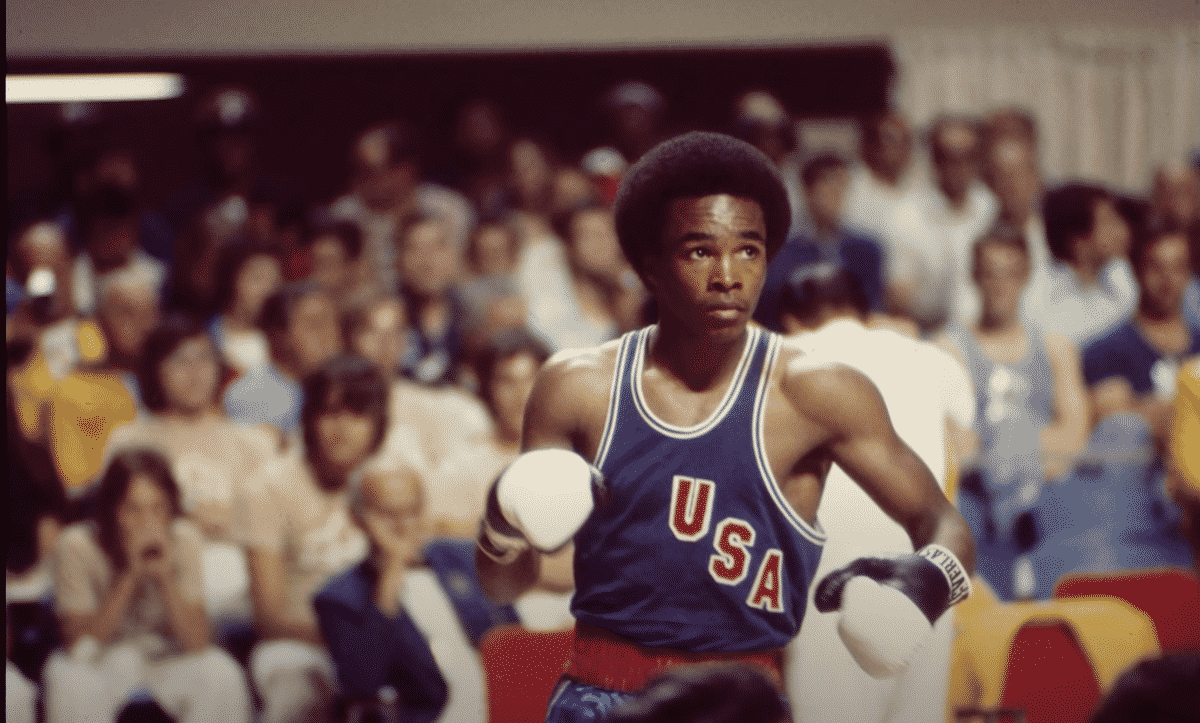
Roberto Duran, Marvin Hagler, Thomas Hearns, and Sugar Ray Leonard, commonly referred to as the ‘Four Kings’ of boxing’s final remarkable age, are considered some of the most exceptional boxing champions in history.
However, one sticks out as superior to the others. The extent of his victory is subjective, but he is the only one who has defeated each of the other three.
Sugar Ray Leonard stood apart amid an exceptionally vast reservoir of talent in the 1980s. Leonard dominated the 147-pound division with victories over Duran, Wilfred Benitez, Hearns, and Hagler, holding the titles in four weight classes.
He was, and still is, the finest combat sports athlete from North Carolina, arguably one of the greatest to ever lace up a pair of boxing gloves.
Sugar Ray Leonard: Early Life
Sugar Ray Charles Leonard, whose name is ascribed to two great men who came before him: arguably the greatest boxer of all time, Sugar Ray Robinson, and soul pioneer Ray Charles, was born as the fifth of seven children in Wilmington, North Carolina, on May 17, 1956.
In contrast to the beginnings of numerous other individuals aspiring to fight, his childhood was comparatively tranquil, except for a difficult near-fatal encounter with a flooded watercourse when he was a young boy.
His contemporaries of the 1980s were in stark contrast to Leonard’s upbringing and the family-oriented outlook that persisted throughout his career. Duran possessed that primordial, unfiltered ferocity, whereas Hagler was among the most vicious individuals in the sport’s history. Although Leonard did not appear to include either of these qualities on paper, he displayed an unrivaled deadly instinct in the ring that few fighters have ever matched.
The Sweet Science of Leonard
His versatility within the boxing arena was intimidating. By boxing and brawling, he amassed lineal and world championships in four weight classes and established himself as the undisputed welterweight monarch. It was no different for him to employ his speed to mislead an adversary or his strength to halt them.
Leonard, born with good looks, the charisma of a child next door, and a smile that could illuminate the darkest of boxing arenas, was destined for greatness. His stock skyrocketed after claiming gold in Montreal at the 1976 Olympic Games. He would become the first boxer in the annals of the sport to amass $100 million in purses due to his considerable marketability.
The exceptional caliber of opponents is what truly cemented Sugar Ray Leonard’s enduring legacy in the chronicles of boxing. While his excellent skills would have undoubtedly earned him world titles in any era, the abundance of highly skilled adversaries such as Duran, Hagler, Hearns, and the remarkable Wilfred Benitez in the 1980s elevated his status. Compared to other eras, Leonard’s achievements might have appeared relatively ordinary.
Fans and bettors of the sport didn’t have the convenience and profitability of a Ceasars North Carolina bonus code. Still, you better believe that Leonard was one of the most wagered-on boxers of the 1980s, as we can only imagine how the corner street bookmakers’ would’ve been taking action on Sugar during fight week.
All in all, we remember the conflicts with the four previously listed talents most nostalgically. It was a killer’s row of competition, and as the dust settled toward the latter stage of his career, Leonard had earned victory over some of the sport’s most legendary names.
Even in retirement, Leonard’s physical appearance suggests that he can still compete in the boxing ring today despite being over 60 years old. This is evident from the social media posts showcasing his rigorous workout routines. Moreover, Leonard represents a golden age of boxing filled with exceptional talent, including Mike Tyson’s prime years.
With the retirement of Ali and the decline of the heavyweight golden era, boxing faced a challenging period. However, the sport was fortunate to have fighters like Sugar Ray Leonard, Hagler, Hearns, and Duran, who played a crucial role in its revival. We should express eternal gratitude to them for their contributions.

